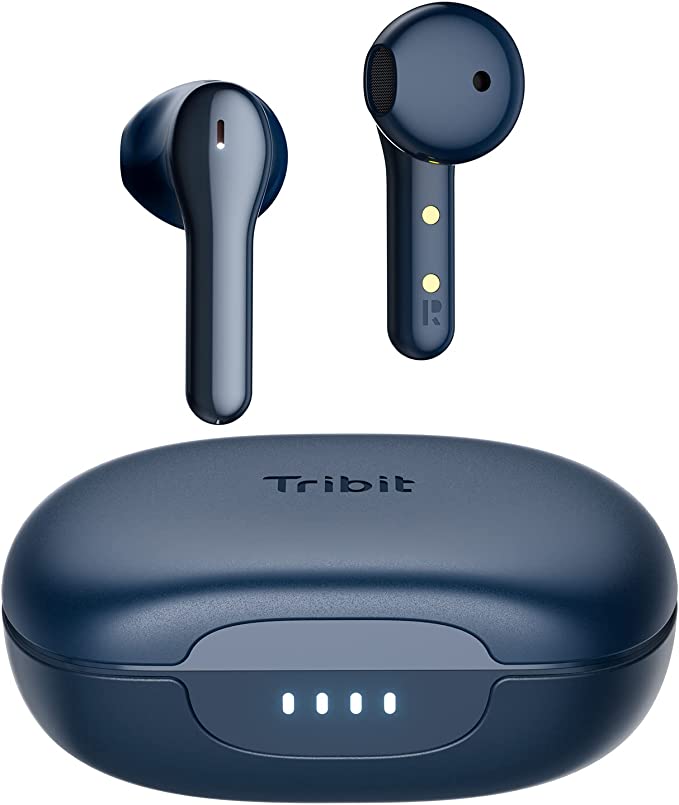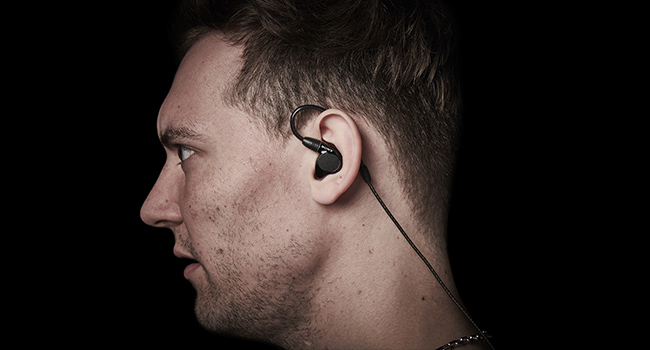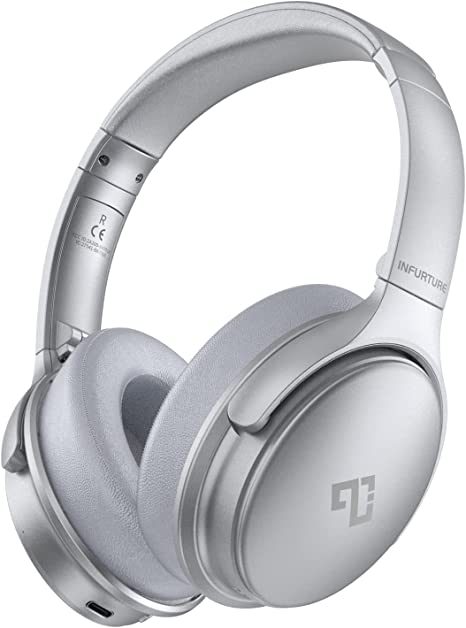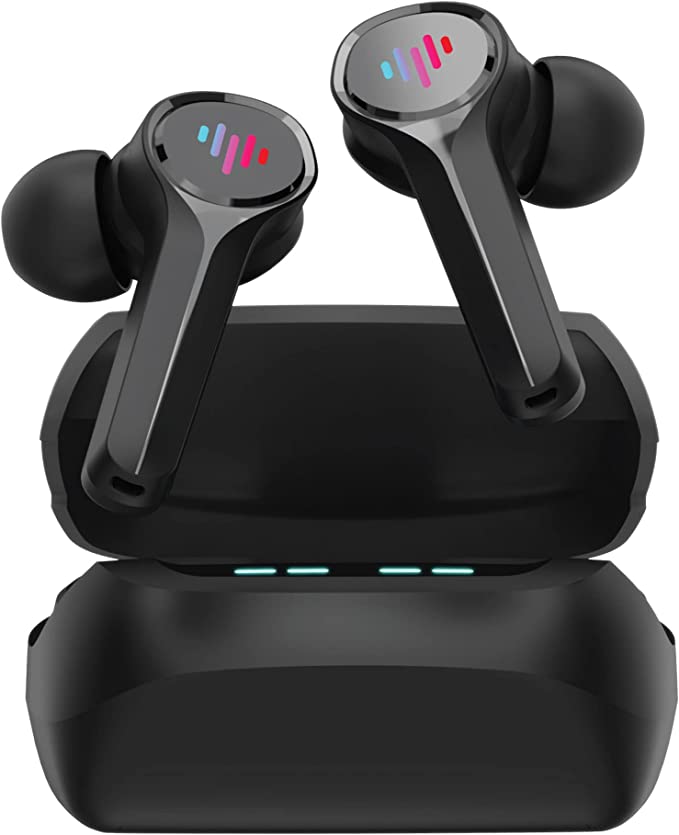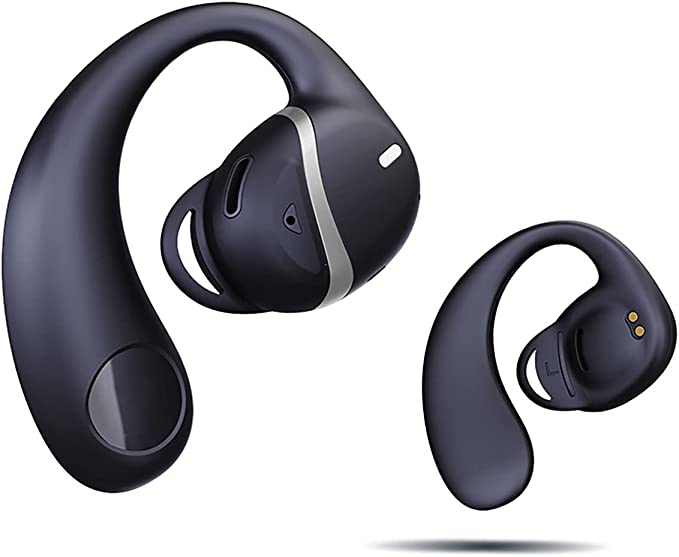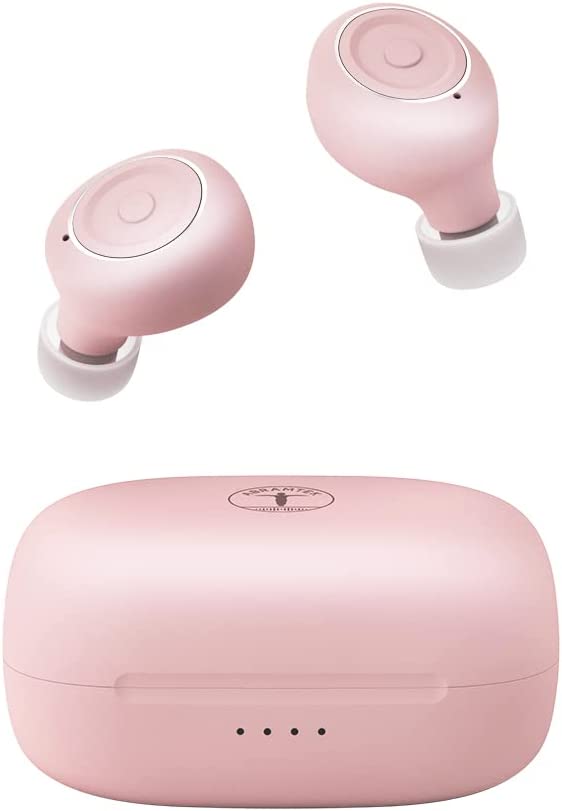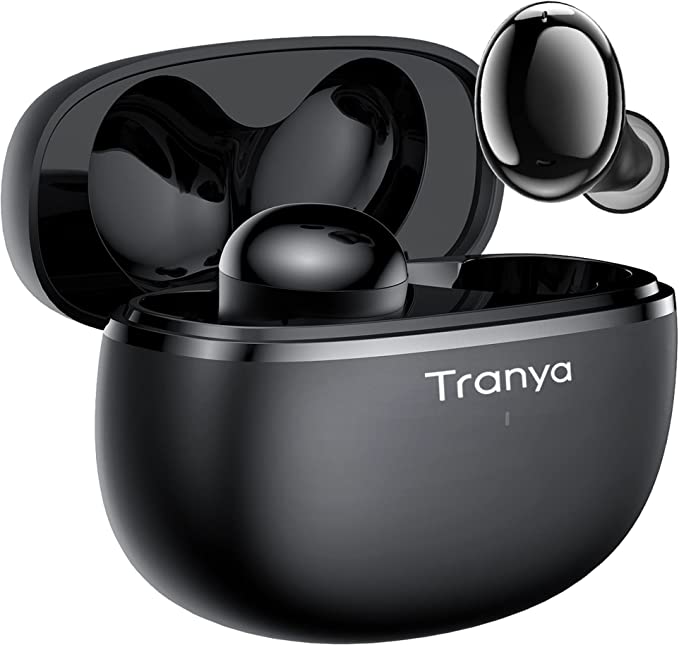Beyond Silence: The Neuroscience of Sound Masking and the Fallacy of the Loop
Update on Nov. 22, 2025, 7:36 p.m.
In the modern quest for optimized health, we often obsess over dietary macros, blue light filters, and ergonomic mattresses. Yet, we frequently neglect one of the most primal inputs regulating our nervous system: our auditory environment. True silence is becoming an evolutionary ghost, replaced by the erratic, jagged cacophony of urban life.
Paradoxically, the solution to noise pollution is not the absence of sound, but the addition of the right kind of sound. This brings us to the sophisticated realm of Sound Masking and Psychoacoustics. It is a field where engineering meets biology, designed to hack the brain’s alertness systems to induce deep, restorative sleep.
To understand this, we must look beyond simple “noise makers” and examine the technology behind adaptive sound environments, using the engineering principles found in devices like the aiqiua White Noise Machine as a case study in portable acoustic control.

The Alerting Response: Why Silence Can Be Loud
Our ancestors lived in environments where total silence often signaled danger—a predator holding its breath. Consequently, the human brain is wired to be hyper-vigilant in quiet settings. When you lie in a silent room, your auditory cortex amps up its sensitivity, searching for data. This is why a dripping faucet or a distant car door slamming sounds like a gunshot at 2 AM.
This phenomenon relies on the Signal-to-Noise Ratio. If the background noise floor is near zero, a sudden sound of 40 decibels represents a massive spike. However, if you raise the background floor to a constant, smooth 45 decibels using a sound machine, that same sudden noise is “masked.” The spike is flattened, and the brain’s “fight or flight” response remains dormant.
The “Uncanny Valley” of Audio: The Problem with Loops
Not all noise is created equal. In the early days of digital sleep aids, manufacturers would use short, 10-second recordings of rain or ocean waves that repeated endlessly.
Here lies the biological trap: Pattern Recognition. The human brain is a pattern-seeking engine. Even in sleep, if your subconscious detects a repetitive audio seam—a specific bird chirp or wave crash that happens exactly every 15 seconds—it begins to anticipate it. Instead of relaxing, your brain engages in a low-level counting exercise. This “loop effect” can prevent the transition from light sleep (Stage N1) to deep slow-wave sleep (Stage N3).
This is where modern sound synthesis differentiates itself. Advanced devices, such as the aiqiua White Noise Machine, utilize Non-Looping Nature Sounds. Instead of a simple playback loop, these devices often use algorithms or extended, complex recordings to ensure that the soundscape remains organic and unpredictable in its details, yet consistent in its texture. By mimicking the chaotic but rhythmic nature of a real typhoon or brook, the technology allows the brain to stop predicting and start drifting.

The Spectrum of Color: White, Pink, and Brown Noise
While “White Noise” is the catch-all term, it is technically a specific signal containing all audible frequencies at equal intensity. To the human ear, however, this can sound high-pitched and harsh, like static.
For sleep induction, we often look lower on the spectrum: * Pink Noise: Reduces the intensity of higher frequencies. It sounds like heavy rain or rustling leaves. Studies suggest Pink Noise can enhance stable sleep waves. * Brown (Red) Noise: Damps high frequencies even further, resulting in a deep, low-end rumble similar to a distant thunderstorm or a strong waterfall.
The ability to toggle between these “colors”—or switch to specific nature profiles like “Thunder” or “Ocean”—is crucial. A device like the aiqiua offers a palette of 9 distinct soundscapes (including White sound, Brown noise, Rain, and Lullaby). This versatility is not just about preference; it is about matching the masking frequency to the intruding noise. Brown noise is excellent for masking low-frequency traffic rumble, while White noise is better at masking high-pitched speech or barking dogs.
Engineering Portability: Sleep Hygiene on the Go
Maintaining a consistent sleep routine is vital for circadian rhythm entrainment. However, travel often disrupts this consistency. Hotel hallways, unfamiliar street sounds, and thin walls are the enemies of the traveler.
The challenge for hardware engineers is to create a device that is small enough to pack but powerful enough to fill a room with sound. The aiqiua unit addresses this with a compact footprint (approximately 5.9 x 5.9 inches) while retaining the acoustic volume necessary for effective masking.
Power flexibility is another critical engineering consideration for portable acoustics. Relying solely on wall outlets limits where the device can be placed relative to the bed (and the sleeper’s head). By integrating dual power options—standard USB/Adapter for home use and AA batteries for true wireless operation—the device allows users to position the “sound shield” exactly where it is needed most, such as on a hotel nightstand or even in a tent during camping trips.

Beyond Sleep: Cognitive Focus and Privacy
The utility of sound masking extends into the waking hours. The “Coffeeshop Effect” is a known phenomenon where moderate ambient noise boosts creativity and focus compared to total silence.
In open-plan offices or study environments, intelligible speech is the number one distracter. If you can understand the conversation two desks away, your semantic processing center lights up, breaking your focus. A consistent sound floor, such as the “Fan” or “Brook” setting on a sound machine, blurs intelligible speech into unintelligible background noise. This restores cognitive privacy and allows for deep work states.

Conclusion: Curating Your Sonic Environment
We are not passive recipients of our environment; we are its architects. Implementing sound masking technology is a proactive step toward regulating our physiological state. Whether it is dampening the sensory overload of a busy city or providing a consistent auditory anchor for a sleeping infant, the right frequencies can serve as a powerful non-pharmaceutical tool for health.
Devices like the aiqiua White Noise Machine illustrate how Adaptive Sound Technology can be packaged into accessible forms, bridging the gap between complex psychoacoustic principles and everyday wellness. By choosing non-looping, high-fidelity soundscapes, we signal to our primitive brains that we are safe, allowing us to disconnect and recharge in a noisy world.


















